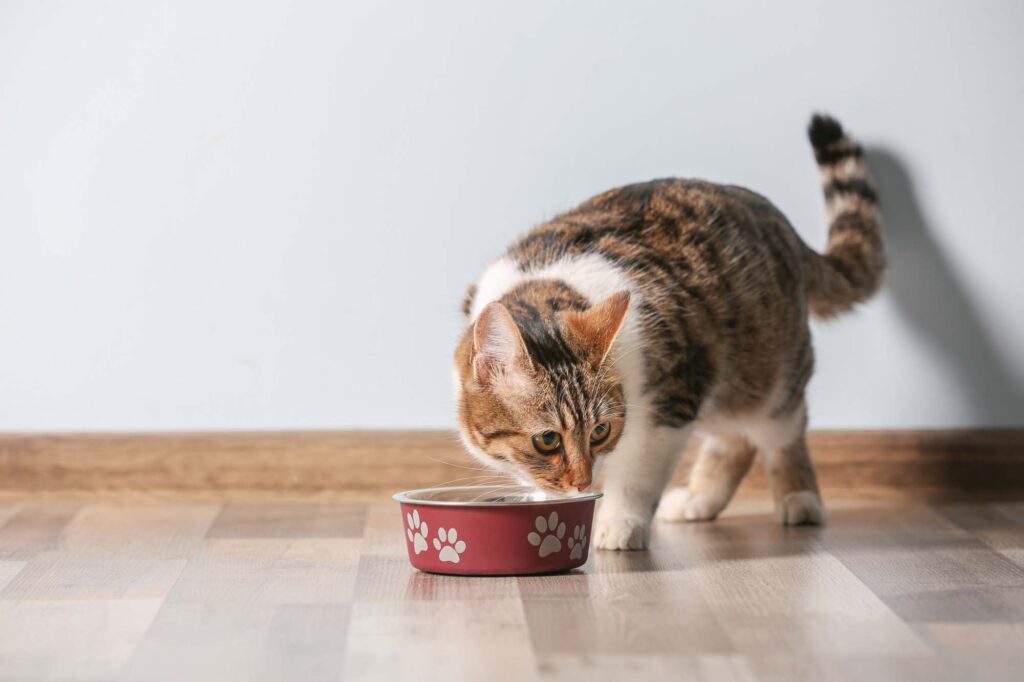When it comes to pet food, the choices can feel overwhelming—grain-free, organic, raw, homemade, breed-specific, age-specific, prescription diets… and the list goes on. As pet parents, we all want to do right by our furry companions, but how do we cut through the noise and figure out what actually works best for our dog or cat?
At Berkeley Animal Hospital, we believe that there’s no one-size-fits-all answer. Just like people, pets are individuals with unique needs, preferences, and health considerations. Here are a few key things to keep in mind when choosing food for your pet.
Know Your Pet’s Life Stage and Lifestyle
A growing puppy or kitten needs different nutrients than a senior pet. Active dogs may need more calories and protein, while indoor cats might need fewer calories to prevent weight gain. Consider:
• Age: Puppy/kitten, adult, or senior?
• Activity level: Couch potato or hiking buddy?
• Health status: Any chronic conditions or food sensitivities?
Your veterinarian can help you determine the right life-stage formula and adjust it over time as your pet ages or their lifestyle changes.
Homemade vs. Store-Bought vs. Prescription Diets
Many pet parents are curious about homemade or raw food diets. While feeding whole, fresh ingredients sounds appealing, these diets need to be balanced—and that’s the tricky part.
• Homemade diets should be formulated with veterinary guidance to ensure they meet all nutritional needs.
• Store-bought commercial foods can be a convenient and balanced option if they meet AAFCO standards. Look for brands with transparent ingredient sourcing and solid nutritional profiles.
• Prescription diets are formulated for specific health issues and should only be used under veterinary supervision.
Organic, Grain-Free, and Other Buzzwords
Just like in the human food world, pet food marketing is full of buzzwords that sound healthy—but don’t always tell the full story.
• “Grain-free” isn’t automatically better, and in some cases, may not be appropriate. Some grain-free diets have been linked to heart disease in dogs.
• “Organic” and “natural” labels can indicate fewer additives, but they don’t always mean the food is nutritionally superior.
• “Human-grade” is a plus, but it still needs to meet the unique dietary requirements.
If you’re ever unsure, bring the label in to your veterinarian to help decode it with you.
How Much—and How Often—Should You Feed?
Feeding guidelines vary by species, age, size, and individual metabolism. As a rough rule of thumb:
• Dogs: 1–2 meals per day depending on age and routine.
• Cats: Often do well with smaller, more frequent meals, especially if they tend to graze.
It’s easy to overfeed without realizing it, especially with treats and table scraps. Regular weigh-ins and body condition assessments can help you stay on track.
When in Doubt, Ask Your Vet!
At Berkeley Animal Hospital, we love talking nutrition—it’s one of the most important foundations of your pet’s health. Whether your pet is thriving or struggling with issues like weight gain, allergies, or digestive upset, the right diet can make a big difference.






